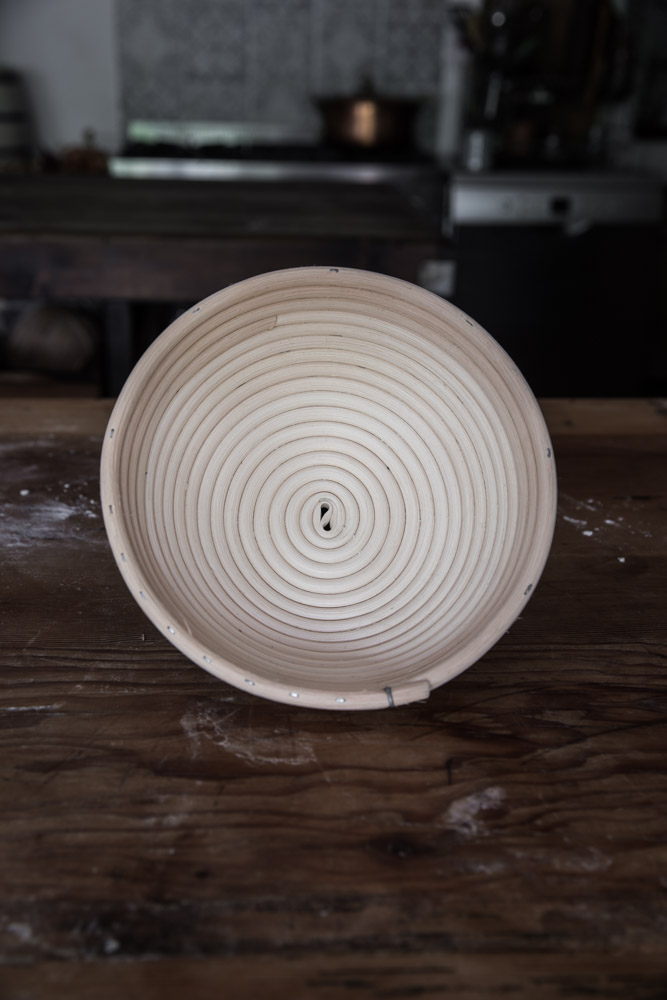
Pentosans are non-starch polysaccharides found abundantly in rye flour. They play a significant role in the hydration and texture of rye-based doughs. Due to their high water-absorption capacity, pentosans contribute to the sticky and viscous nature of rye dough, which can be challenging to handle. However, they also play a crucial role in enhancing the moisture retention and shelf life of rye bread. Additionally, pentosans slow down the staling process, helping to maintain the bread’s freshness over time
Why Do Pentosans Create This Slimy Texture?
- Water Absorption: Pentosans can absorb up to 15 times their weight in water, forming a gel-like consistency. This hydration creates the slippery or slimy feel.
- Structure in Rye Dough: Unlike wheat, rye has less gluten, so pentosans play a crucial role in trapping water and providing structure. This is why rye dough feels sticky and has a dense, compact crumb when baked.
- Enzyme Activity: Rye contains higher levels of amylase enzymes, which break down starch into sugars. In combination with hydrated pentosans, this creates a more viscous or “wet” dough environment.
Importance of Pentosans in Rye Bread:
- Texture: They help retain moisture, giving rye bread its characteristic dense and moist crumb.
- Shelf Life: The water-holding capacity of pentosans keeps rye bread fresher for longer.
- Nutritional Benefits: Pentosans are a form of dietary fibre, supporting gut health and feeding beneficial microbes in the gut.



